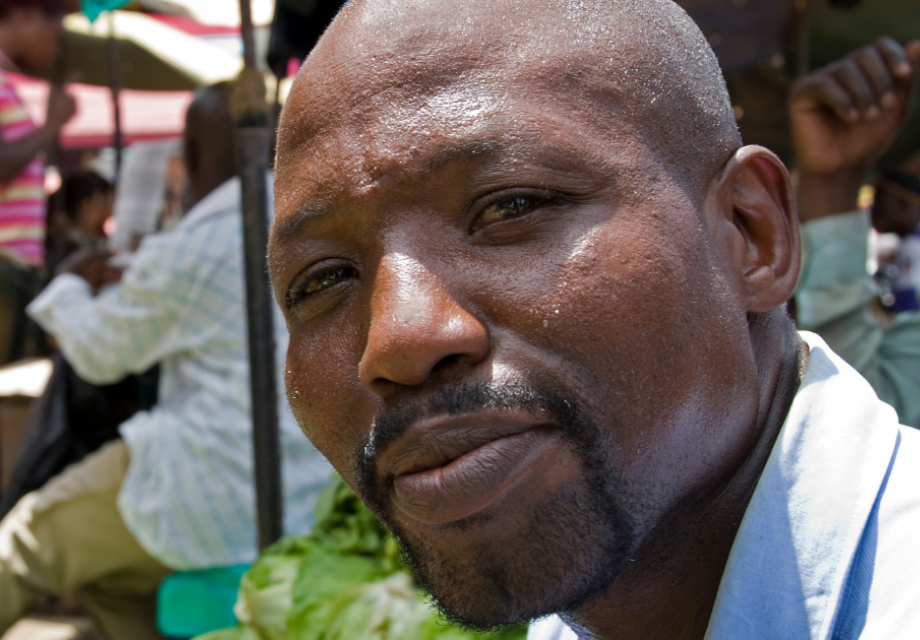Could traditional healers help increase HIV testing in sub-Saharan Africa?
Hester Phillips
16 December 2021
HIV testing rates in rural Uganda rose by 77% when traditional healers were trained to carry out HIV tests
A trial in Mbarara District in which traditional healers were trained to provide HIV tests resulted in 77% more people getting tested compared to people who were referred to local HIV clinics.
What is the research about?
Researchers in rural Uganda have studied how effective traditional healers are in carrying out HIV tests.
For the trial, 17 traditional healers in Mbarara District were split into two groups. The first group of 9 healers were trained to provide HIV counselling and testing to 250 of their clients. The remaining 8 were trained to refer 250 of their clients to nearby clinics for an HIV test.
Why is this research important?
HIV testing is essential to control the HIV epidemic. But in some African countries, testing rates are low. For example, in parts of rural Uganda nearly 80% of sexually active men have not taken an HIV test in the past year.
Many people already use traditional healers instead of, or as well as, modern healthcare services. But until now no trial has been done to see whether traditional healers could provide HIV tests as a service.
What did they find out?
Everyone who was offered an HIV test from a traditional healer had one (a testing rate of 100%). But only 57 people (23%) who were referred by a traditional healer to a local clinic for an HIV test went and got tested.
This is a 77% difference in testing uptake. It means the likelihood that someone would test for HIV was 4 times higher if people could get one from a traditional healer instead of being referred.
This 100% testing rate is higher than those reported by other community-based programmes in sub-Saharan Africa, including mobile outreach (97%), home-based HIV testing (80%), and distribution of HIV self-test kits (70%).
Nearly half of all those who were tested by traditional healers were men (46%), a group that is normally difficult to reach.
Ten of the people who were tested by a traditional healer were HIV positive. Of these, 7 went to clinics to confirm their result and start treatment.
Around 190 people in the referral group who did not get an HIV test were asked why. Not having enough time or enough money to go to the clinic were the most common reasons given.
Young adults and people engaging in risky sexual behaviours were less likely to test than others. Interviews with around 100 participants suggest people from these groups were scared to test for HIV at clinics but might trust healers enough to test.
People said they believed their test results would remain confidential if traditional healers did them, more so than if clinic staff tested them for HIV.
What does this mean for HIV services?
A traditional healer is found in almost every village in sub-Saharan Africa. So working with them to provide HIV tests could lead to many more people getting tested, particularly people who do not want to test in clinics.
If you want to increase HIV testing, understanding whether the people you are trying to reach would find this a useful way to test could be a good place to start. How much people trust healers will be important to understand, as keeping test results confidential is essential. Training healers to provide counselling and testing that is effective and stigma-free will also be important.
Get our news and blogs by email
Keep up-to-date with all our latest news stories and blogs by signing up to the Be in the KNOW news digest.
